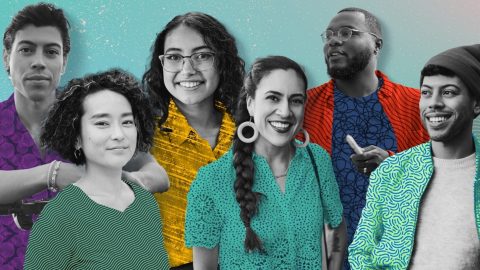ADA’s impact continues: Celebrating progress and looking ahead
The following blog post has been written by Laura Ruby – Director of Accessibility Policy and Standards at Microsoft. She has worked on Accessibility Policy and Standards in the technology sector for over 22 years and cherishes her long standing relationships with government, consumer, and industry stakeholders.
—
July 26th, 2012 marked the 22nd anniversary of the Americans with Disabilities Act (ADA), a US civil rights law that provides for equal opportunity for individuals with disabilities. This year, as I was reading the Presidential Proclamation on the Anniversary of the ADA, I realized that I too have been working in the field of accessible technology for nearly twenty two years, ten in telecommunications and the last twelve here at Microsoft.
Accessible technology is a necessity for a growing number of people worldwide — from people with disabilities or age-related impairments to those who need temporary assistance due to injury or environmental conditions. Twenty two years ago, people with disabilities didn’t have access to much of the technology that is available today. It was hard to imagine the impact that information technology companies like Microsoft would have in making it easier for people to use computers and other electronic devices.
In my early years at McCaw Cellular/AT&T Wireless we were challenged with making brick-sized hand-held wireless phones accurately pass text, character by character, over telecommunication devices for people who are deaf or hard of hearing (TDDs), or how to shield phones from interfering with people’s hearing aids. In 2000, when I joined Microsoft, I found my new colleagues hard at work building solutions for making Windows and Office work with screen readers for people who are blind. Meanwhile speech recognition, a technology that helps people with limited dexterity to use the computer, was also under development.
Industry has come a long way in making it easier for people to use technology. Microsoft offers a broad range of accessible products and services that allow people of all abilities to gain an education, participate in the workplace, access government services and information, connect with friends and family, and enjoy entertainment. This is important, but what’s really exciting is exploring the vast opportunities that will be made possible with the next generation of inclusive devices and services.
I invite you to visit Microsoft’s Accessibility site to see how far we’ve come, and in the spirit of celebrating the 22nd Anniversary of the ADA, ask you to join me in the continued exploration of technology to improve technology access for everyone.







